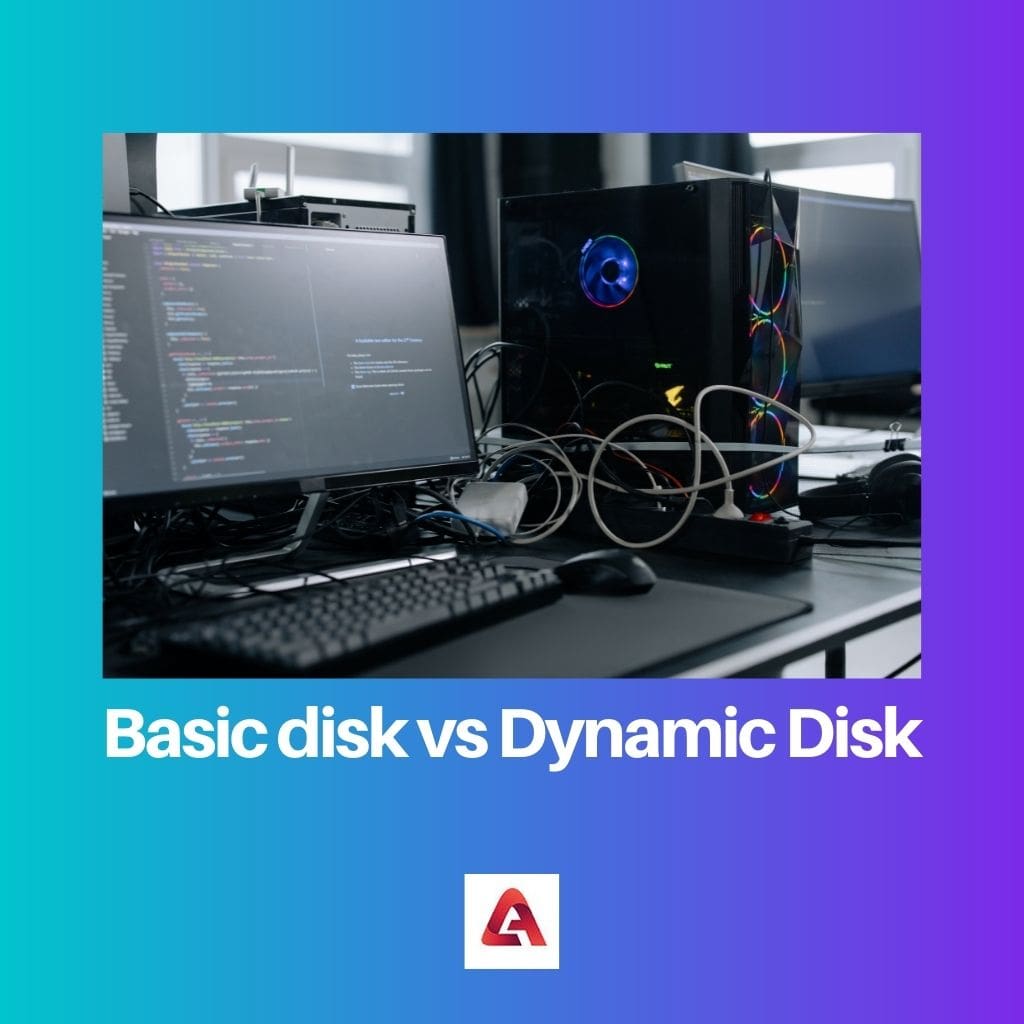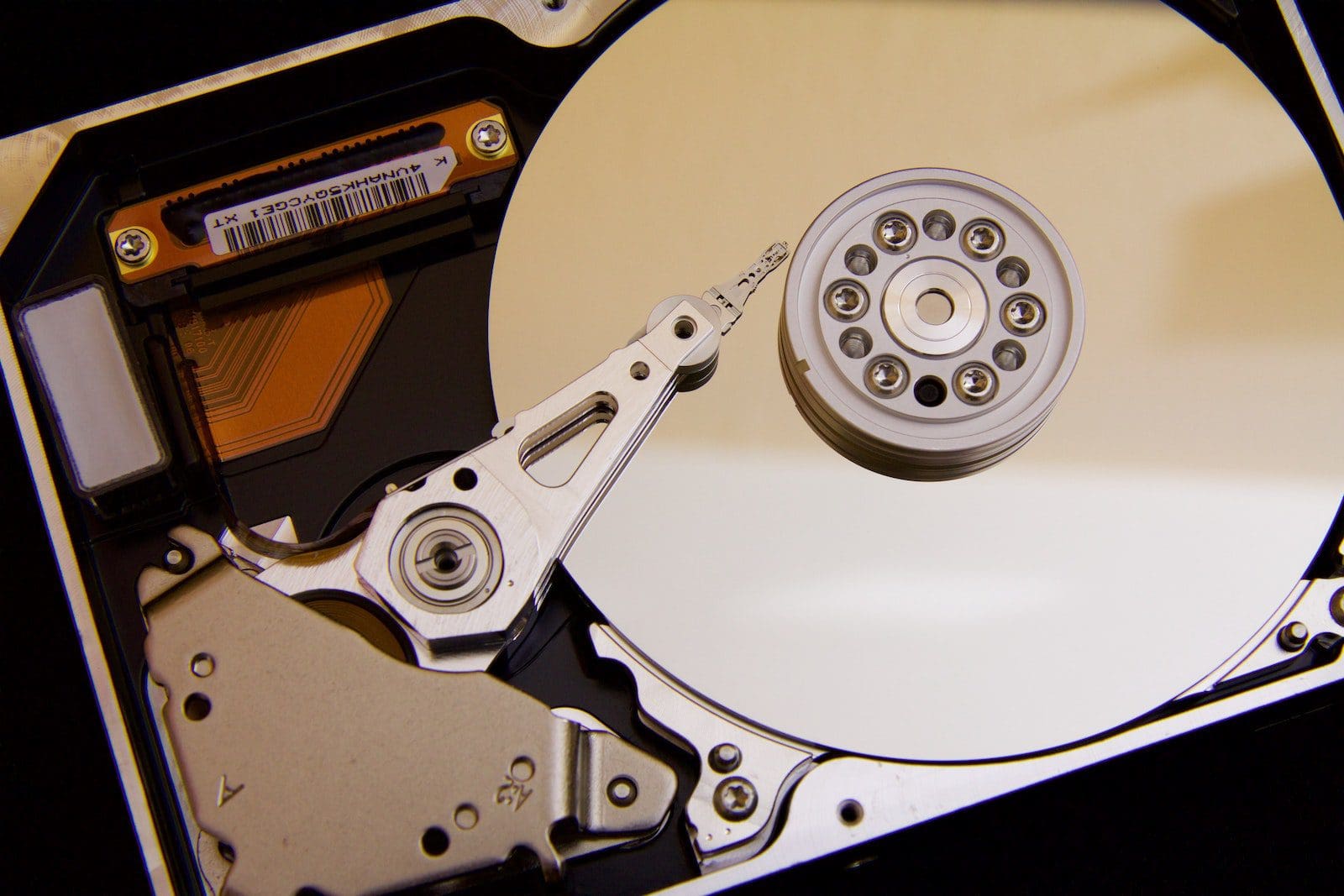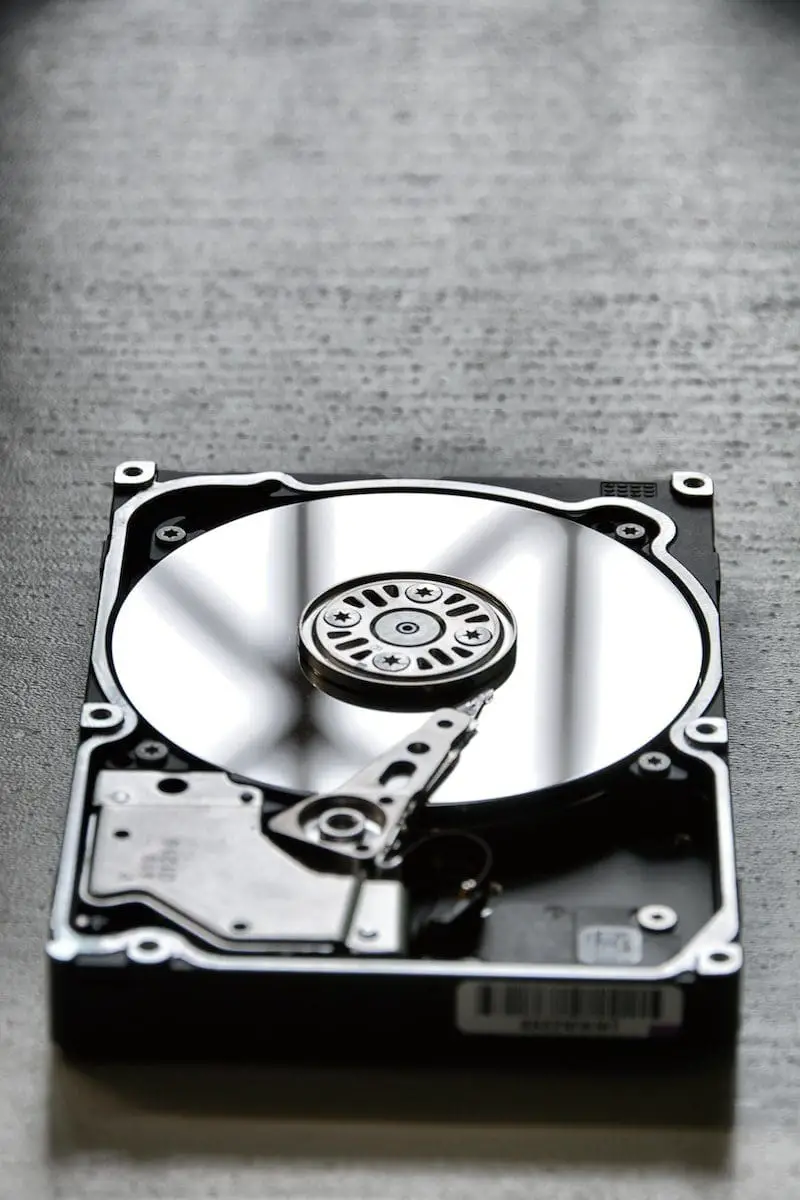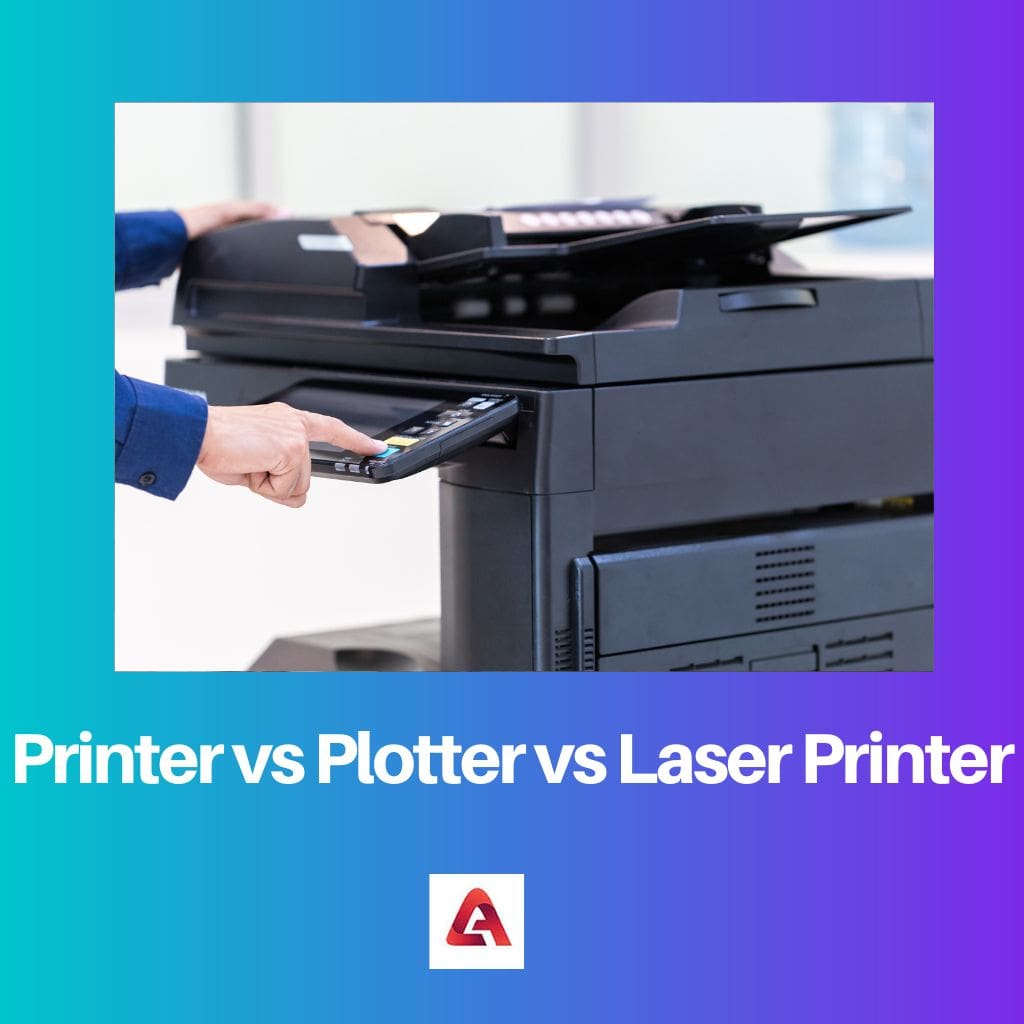Microsoft and its Windows operating system dominate the computer market. It was the first company that made personal computers available for most households and small businesses.
For this reason, personal computers have become the most common analytical device on this planet.
Along with the analytical process, the computer stores lots of information on its hard drive. Most hard disks use two types of configuration to store the data in them.
These configurations are primary disks and dynamic disks. Although both designs store data efficiently, they work on different principles and offer additional features.
Key Takeaways
- Basic disks are simple storage types supporting primary and extended partitions, suitable for most users.
- Dynamic disks offer advanced features, like fault tolerance and creating volumes spanning multiple disks.
- Converting from a basic disk to a dynamic disk is a one-way process; converting back requires data backup and disk reformatting.
Basic Disk vs. Dynamic Disk
The difference between Basic Disk and Dynamic Disk is that the primary disk is a traditional Windows-based hard disk data storage configuration that uses MBR and GPT partition where partition extension is impossible. In contrast, a dynamic disk is the latest data configuration format that uses LDM and VDS features where partition extension is possible.

Comparison Table
| Parameter of Comparison | Basic Disk | Dynamic Disk |
|---|---|---|
| What is it | Traditional data storage configuration on a hard disk uses the Master Boot Record (MBR) partition and GUID Partition Table (GPT) partition format. | The latest data storage configuration uses LDM (Logical Disk Manager), and VDS (Virtual Disk Service) features for data volume management. |
| Backward compatibility | Yes | No |
| Boot loaders Support | Yes | No |
| Mutual conversion | It is possible without any data loss. | Not possible with data loss. |
| Partition size extension | It cannot be extended | Can be extended |
What is Basic Disk?
A basic disk is a complex drive configuration with primary partitions and logical drives for data storage. Generally, the Windows operating system uses this type of hard disk configuration.
It is a straightforward data storage solution. The benefit of using such a system is that it offers a valuable array of altering data storage space solutions.
Another benefit of basic disks is that they can accommodate clustered and USB drives with the current system. The basic disks also support backward compatibility, and all Windows operating system versions support this hard disk configuration.
A hard disk with a basic disk configuration supports two types of partitions.
These are the Master Boot Record (MBR) and GUID Partition Table (GPT). On the one hand, the MBR partition uses the standard BIOS partition table for creating a hard disk layout. On the other hand, the GPT partition uses UEFI for the hard disk layout.
A primary disk uses bootloaders. For this reason, a hard disk with a basic disk configuration supports multi-boot configuration. It means the hard disk can be booted with multiple formats, which poses a severe data security threat.
Converting a primary disk to a dynamic disk is possible without data loss. This process is known as mutual conversion.

What is Dynamic Disk?
The primary feature of dynamic disks is the capability to create mirrored and RAID-5 volumes. This type of hard disk configuration offers fault-tolerant volume creation.
With the evolution of dynamic disks, it is now possible to create large data volumes that spread through multiple disks.
A user can have greater flexibility in data volume management with dynamic disk configuration. For data volume management solutions, dynamic disks use LDM (Logical Disk Manager) and VDS (Virtual Disk Service) features.
The maximum limitation of dynamic volumes on a system is up to 2000. However, using less than 32 dynamic volumes in a system is recommended.
The benefit of the dynamic disk is the ability to reactivate a missing or offline disk. It is also much easier to repair RAID-5 data volumes with dynamic disks.
A user can also break the mirrored data volume into two volumes on dynamic disks. Multi-partition data volume support is only available on dynamic disks.
The dynamic disk does not support bootloaders. For this reason, a hard disk configured with an active system cannot be switched between multiple operating systems. It provides extra security for stored data volume.
The mutual conversion feature is also not available on dynamic disk configuration. Therefore, it is required to delete all volumes on the dynamic disk before converting it to a primary disk.

Main Differences Between Basic Disk and Dynamic Disk
- A primary disk is a traditional hard disk data storage configuration that uses MBR and GPT partition format. On the other hand, the dynamic disk is the latest data configuration format that uses LDM and VDS features.
- Due to backward compatibility, the primary disk format supports every type of Windows-based operating system. However, the dynamic disk does not support backward compatibility and only works with a few Windows-based operating systems.
- Bootloader support is available on a primary disk. For this reason, switching between multiple operating systems on an immediate disk-configured hard drive is possible. On the other hand, the dynamic disk does not support bootloaders. Swapping between multiple operating systems with dynamic disk configuration is impossible.
- Through mutual conversion, primary disk to dynamic disk transfer without any data loss is possible. But, dynamic disk-to-direct disk transfer is impossible without a complete data delete process.
- With basic disk format, the partition size extension is impossible after creation. However, the partition size extension is possible with a dynamic disk.






